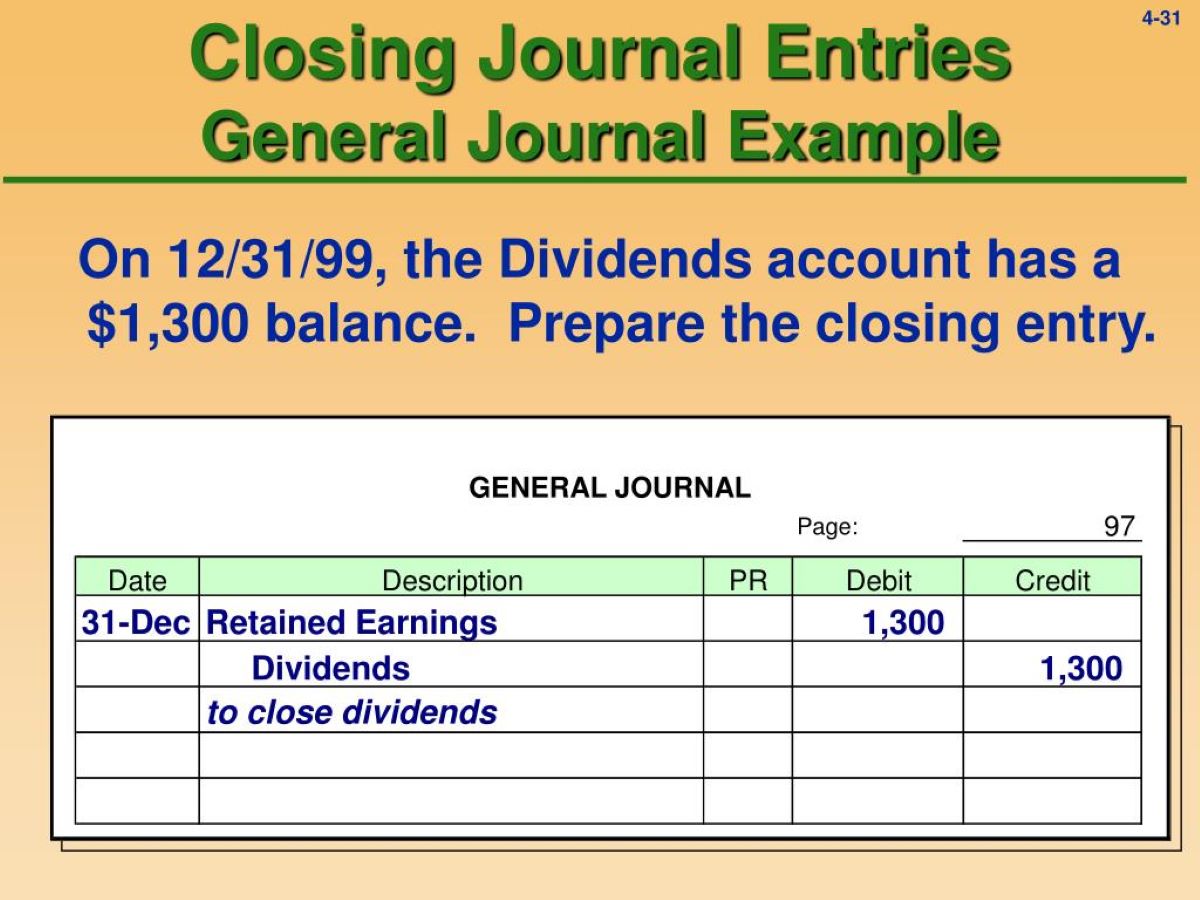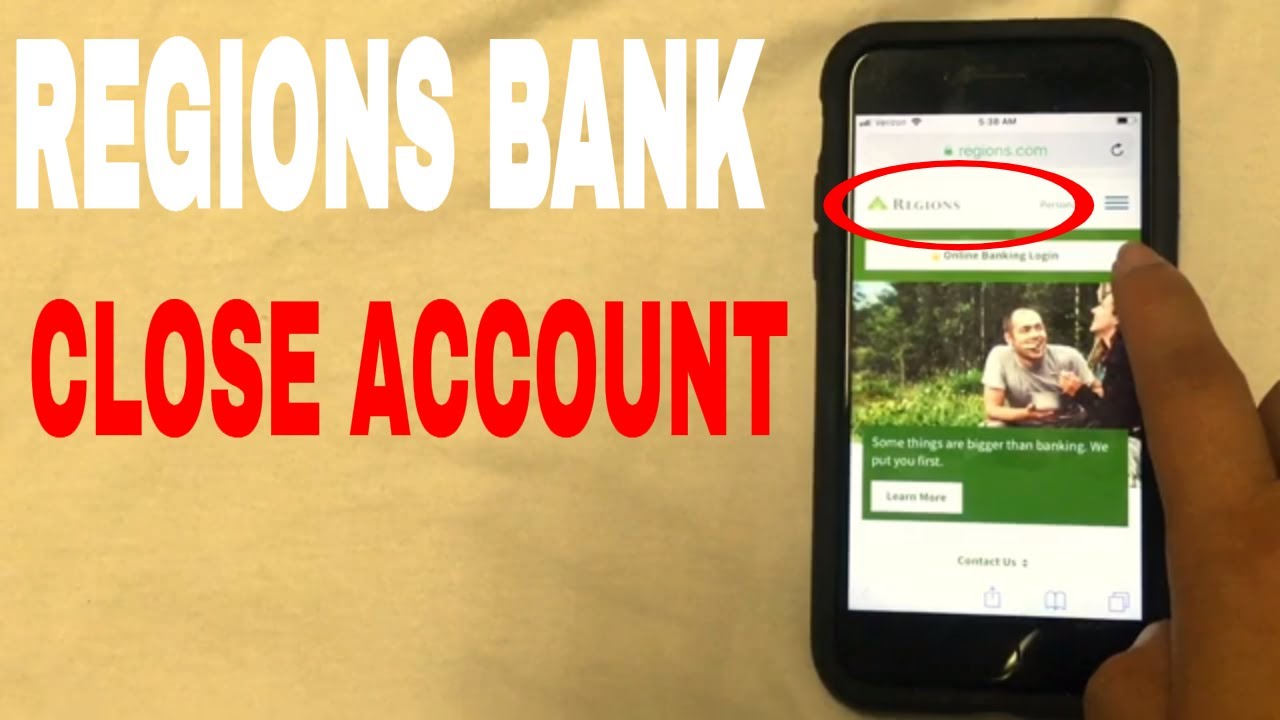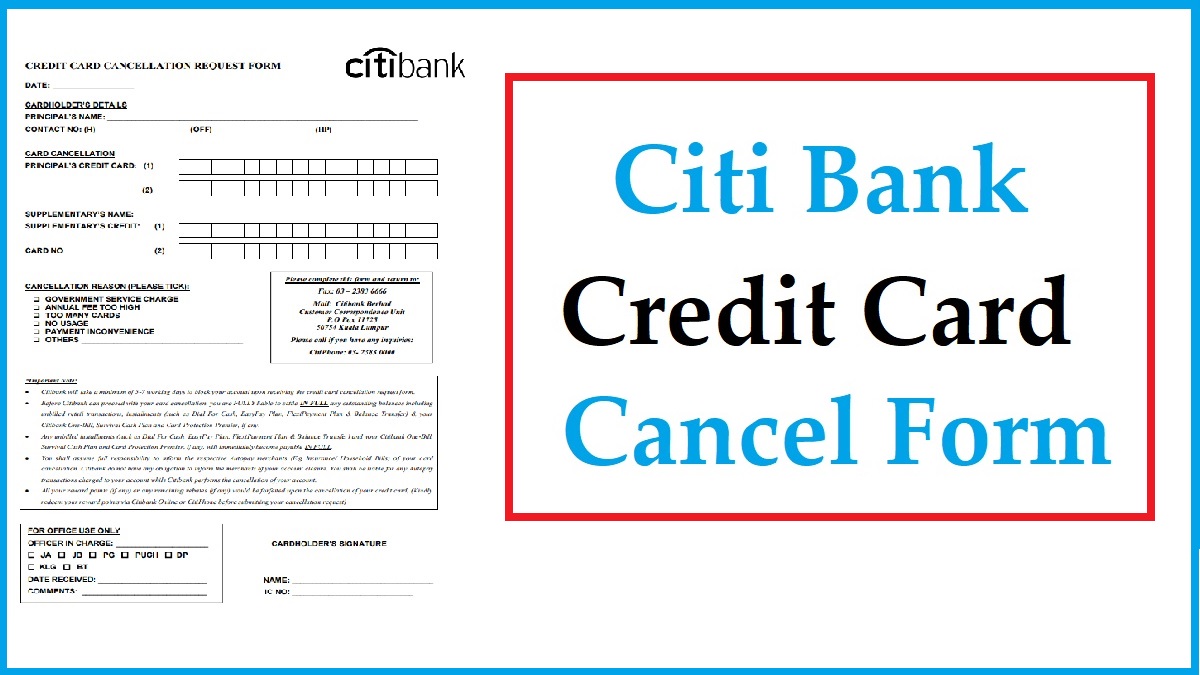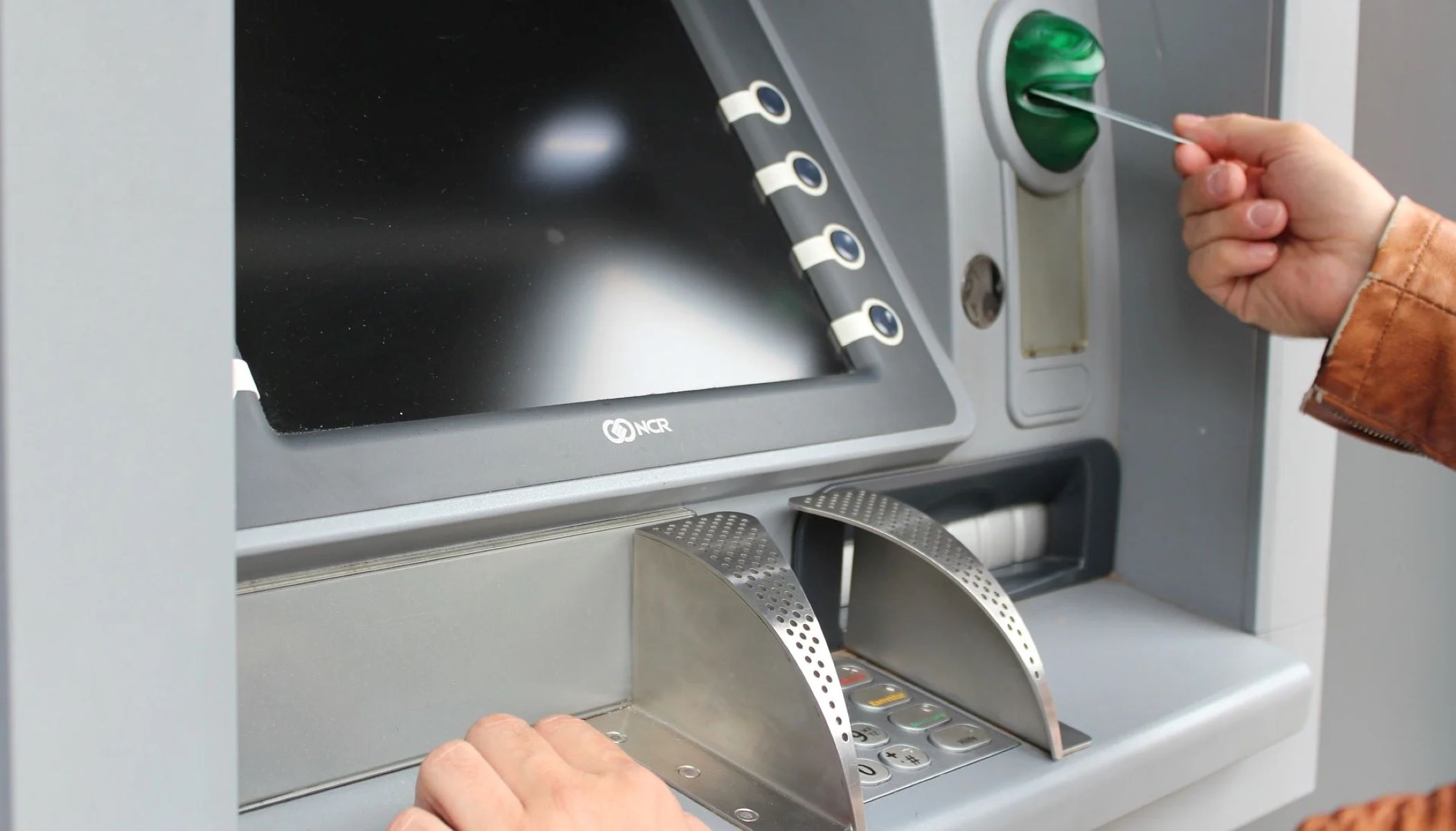

Finance
How To Close An Investment Account Chase
Published: October 16, 2023
Learn how to close an investment account with Chase and manage your finances effectively.
(Many of the links in this article redirect to a specific reviewed product. Your purchase of these products through affiliate links helps to generate commission for LiveWell, at no extra cost. Learn more)
Table of Contents
Introduction
Closing an investment account with Chase is a straightforward process that requires careful attention to detail. Whether you’re looking to consolidate your investments or simply no longer need the account, closing it properly is essential to avoid any future complications. In this guide, we will walk you through the step-by-step process of closing an investment account with Chase, one of the largest and most trusted banks in the United States.
Before diving into the specifics, it’s important to emphasize that closing an investment account should not be a hasty decision. Take the time to assess your financial goals, consult with a financial advisor if needed, and consider the potential consequences of closing the account. It may be worth exploring alternative options like transferring the account to another institution or reallocating your investments within the same bank, rather than closing it entirely.
Once you’ve made the decision to proceed with closing your investment account, it’s imperative to gather all the necessary information beforehand. This includes account details, identification documents, and any other relevant paperwork. Having all the required information readily available will streamline the closure process and prevent any unnecessary delays.
Step 1: Gather Necessary Information
The first step in closing your investment account with Chase is to collect all the essential information. This includes the account number, account name, and any other account-specific details that may be required. Additionally, you should have your identification documents, such as your driver’s license or passport, ready for verification purposes. It’s important to have these documents on hand as Chase may request them during the closure process.
Furthermore, it’s a good idea to review your account statements and transaction history to ensure that all outstanding transactions have been processed. This will help you avoid any discrepancies when closing the account. Take note of any pending transactions or outstanding balances that need to be settled before initiating the closure.
It’s also essential to gather contact information for the customer service department at Chase. Jot down the phone number or email address that you will need to reach out to for assistance during the closure process. Having this information readily available will help streamline communication with the bank and ensure that any questions or concerns are addressed promptly.
Lastly, if you have multiple investment accounts with Chase, it’s crucial to consider the impact that closing one account may have on your overall financial portfolio. Take the time to assess your investment strategy and determine if there are any alternative options, such as transferring funds to another account within the same institution, that may better align with your financial goals.
By gathering all the necessary information before initiating the closure, you will be well-prepared to navigate the next steps of the process and ensure a smooth and efficient account closure with Chase.
Step 2: Contact Customer Service
Once you have gathered all the necessary information, the next step in closing your investment account with Chase is to get in touch with their customer service. Contacting their dedicated investment account closure department will ensure that you receive the appropriate guidance and assistance throughout the closure process.
You can reach out to Chase’s customer service through multiple channels, including phone, email, or online chat. It’s advisable to have your account information readily available when contacting them to ensure a smoother and more efficient conversation. You may be asked to provide your account number, account name, and other identifying details to verify your identity and initiate the closure process.
During your conversation with the customer service representative, make sure to clearly communicate your intention to close the investment account. They will guide you through the necessary steps and may provide additional instructions or forms that need to be completed to initiate the closure. They may also address any questions or concerns you may have regarding the process, fees, or any legal requirements that need to be fulfilled.
It’s important to note that the customer service representative may try to persuade you to reconsider closing the account or offer alternative options. It’s up to you to assess their suggestions and determine if you want to proceed with closing the account as initially planned. However, if you have made up your mind, remain firm in your decision and proceed with the closure process according to your own financial goals and needs.
Remember to take note of the representative’s name, the date and time of your call, and any important information provided during the conversation. This documentation will serve as a reference in case any issues arise during or after the closure process. It’s always better to have a record of your communication to ensure a smooth and transparent experience.
By contacting Chase’s customer service, you will receive the necessary guidance and support to move forward with closing your investment account in a secure and efficient manner. It’s crucial to maintain open communication and address any concerns promptly to ensure a satisfactory account closure process.
Step 3: Follow the Closure Process
After contacting Chase’s customer service and expressing your intention to close your investment account, you will need to follow the specific closure process outlined by the bank. This process may vary depending on the type of investment account you have and any associated regulations. It’s important to carefully adhere to these instructions to ensure a smooth and successful closure.
The closure process may involve completing specific forms or documentation, which can usually be obtained through Chase’s website or by contacting customer service. These forms will typically require you to provide your account information, your signature, and any additional details necessary for the closure. Take your time to carefully review and fill out these forms, ensuring that all the information is accurate and complete.
Once you have completed the required forms, you will need to submit them as instructed by Chase. This can usually be done electronically through their website or by mailing the forms to a designated address. Ensure that you keep copies of all the documentation you submit for your records.
As part of the closure process, Chase may require you to provide instructions on how to handle any remaining investments in the account. You may have the option to either transfer the funds to another account, liquidate your investments and receive a check, or transfer the investments to another financial institution. Carefully consider your options and choose the one that aligns with your financial goals.
During this process, it’s important to closely monitor your account to confirm that all necessary actions have been taken. Pay attention to any notifications or updates from Chase regarding the closure of your investment account. Be prepared to provide additional information or documentation if requested by the bank to ensure a smooth and timely process.
The closure process may take some time, so it’s important to be patient and follow up with Chase if necessary. Keep track of any communications or follow-up actions required from your end to ensure the prompt completion of the closure.
Following the closure process outlined by Chase will help ensure a successful and hassle-free closure of your investment account. By carefully completing the required forms, providing any additional information needed, and monitoring the progress of the closure, you can close your account in a timely and efficient manner.
Step 4: Transfer or Withdraw Funds
Once you have initiated the closure process for your investment account with Chase, you will need to decide what to do with the funds in the account. Chase will typically provide you with options to transfer or withdraw the funds, depending on your preferences and financial goals.
One option is to transfer the funds to another account within the same bank. If you have another investment account or a regular checking or savings account with Chase, you can choose to transfer the funds there. This option allows you to maintain your relationship with the bank while reallocating your investments or consolidating your funds.
Another option is to liquidate your investments and receive the funds as a check. This involves selling off your securities, such as stocks, bonds, or mutual funds, and converting them into cash. Keep in mind that selling investments may incur fees or potential tax implications, so it’s crucial to consult with a financial advisor or tax professional before making this decision.
If you prefer to move your investments to another financial institution, you can request a transfer of the funds to the new account. This is known as an ACATS transfer and typically involves providing the new institution’s information and account details to Chase. The transfer process may take a few weeks, so it’s important to allow for sufficient time for the funds to be transferred smoothly.
Whichever option you choose, it’s important to consider any potential fees or restrictions associated with transferring or withdrawing funds from your investment account. Review the terms and conditions provided by Chase or consult with a representative to understand the implications of each option and make an informed decision.
It’s also essential to ensure that any outstanding transactions or pending obligations in the account are settled before transferring or withdrawing the funds. This includes any pending trades, dividends, or outstanding fees that may need to be accounted for. Verify with Chase that all transactions have been processed and the account balance accurately reflects your current holdings.
Once you have decided on the preferred method of transferring or withdrawing the funds, follow the instructions provided by Chase to complete the transaction. Be sure to double-check the accuracy of the transfer details, such as account numbers and routing numbers, to avoid any delays or errors.
By carefully considering your options and following the appropriate steps to transfer or withdraw funds from your investment account, you can ensure a seamless and secure transition to your chosen destination for the funds.
Step 5: Verify Account Closure
After completing the closure process and transferring or withdrawing your funds, it’s important to verify that your investment account with Chase has been successfully closed. This final step ensures that any future transactions or activities associated with the account are discontinued and that you have officially ended your relationship with the bank for this particular investment account.
To verify the closure of your account, you can reach out to Chase’s customer service department or check your online banking portal to confirm that the account is no longer active. You should no longer see the investment account listed among your other accounts, and you should not receive any further statements or notifications specific to that account.
It’s advisable to keep any confirmation or documentation provided by Chase regarding the closure of your investment account. This can serve as proof should any issues arise in the future, such as unauthorized activity on the account or discrepancies in the closure process.
Take the time to review your final account statement from Chase to ensure that all activity has been correctly accounted for and that there are no outstanding balances or transactions associated with the closed investment account. If you notice any discrepancies or issues, promptly reach out to Chase’s customer service department to address the matter and seek resolution.
If you have set up any automatic payments or contributions linked to your investment account, make sure to cancel or redirect them to prevent any continued activity in the closed account. If necessary, update your records with the new account information or adjust any automated financial arrangements that were previously associated with the closed account.
Finally, it’s crucial to keep track of any tax documents or statements related to the closed investment account. These documents may be needed for tax reporting purposes or to calculate capital gains or losses. Consult with a tax professional to understand the specific implications and requirements related to closing your investment account.
By verifying the closure of your investment account with Chase, you can ensure the completion of the process and have peace of mind knowing that your financial affairs have been properly concluded. Stay organized and proactive in managing any remaining tasks or potential issues to ensure a smooth transition and closure of your investment account.
Conclusion
Closing an investment account with Chase is a task that requires careful consideration and adherence to a specific process. By following the steps outlined in this guide, you can navigate the closure process smoothly and ensure that all necessary actions are taken to successfully close your account.
Remember to gather all the necessary information, such as account details and identification documents, before initiating the closure. Contact Chase’s customer service to receive guidance and instructions tailored to your specific investment account. Follow the closure process outlined by the bank, including submitting any required forms or documentation, and carefully consider your options for transferring or withdrawing funds from the account.
It’s crucial to verify the closure of your investment account by checking for confirmation from Chase and ensuring that the account is no longer active. Keep any documentation related to the closure for future reference and review your final account statement to confirm the accuracy of the closure process.
As you navigate the process, remember to consult with a financial advisor or tax professional as necessary to understand the implications of closing your investment account. They can provide valuable insights and guidance based on your specific financial situation and goals.
Remember that closing an investment account should not be taken lightly. Take the time to evaluate your financial goals and consider alternative options before making the decision to close the account. It’s important to make an informed choice that aligns with your long-term financial objectives.
Closing an investment account is a significant step in managing your financial portfolio. By following the necessary steps, seeking guidance when needed, and verifying the closure, you can conclude your relationship with Chase and move forward with your financial plans.














